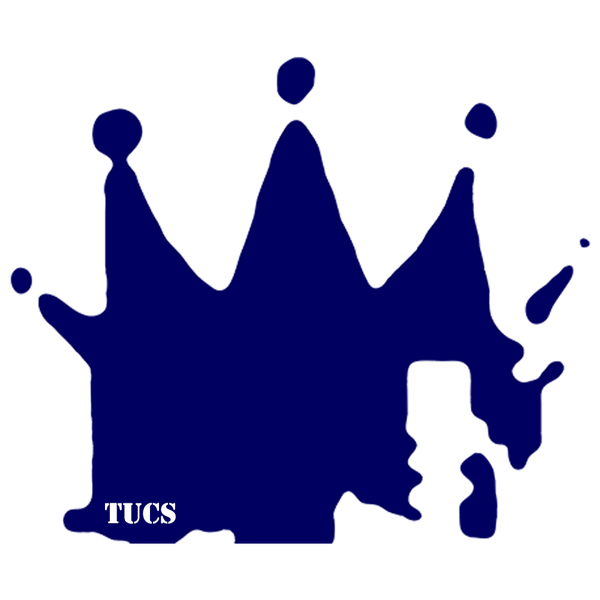
Predictions for the Evolution of Urban Fashion Trends
The Urban Clothing ShopShare

Predictions for the Evolution of Urban Fashion Trends
The fashion industry is a dynamic and ever-evolving landscape, constantly influenced by technological advancements, cultural shifts, and environmental considerations. Urban fashion is at the forefront of these changes, reflecting the fast-paced, diverse, and innovative nature of city life. As we look toward the future, several key trends are likely to shape the evolution of urban fashion. This blog explores how current urban fashion trends might evolve in the coming years, driven by technological influences, cultural dynamics, and environmental considerations.
Technological Influences

Smart Textiles and Wearable Technology

3D Printing and Customization
Future Evolution: The widespread adoption of 3D printing technology is expected to lead to even greater levels of customization and on-demand production. Soon, consumers may be able to design and print their clothing and accessories at home or in local shops, reducing waste and promoting sustainable consumption. This shift could also democratize fashion, allowing individuals to become their own designers and creators. As 3D printing technology becomes more accessible and affordable, it could fundamentally change the way we think about fashion production and consumption. This trend also aligns with the growing consumer demand for unique, personalized products, as individuals seek to express their identity through one-of-a-kind fashion pieces.

Virtual and Augmented Reality
Cultural Dynamics

Diversity and Inclusivity
Future Evolution: Diversity and inclusivity will continue to be a driving force in the fashion industry. In the future, we can expect brands to adopt more inclusive practices not just in their marketing campaigns but also in their design and production processes. This might include the creation of more gender-neutral collections, adaptive clothing for people with disabilities, and collaborations with diverse cultural influencers who bring unique perspectives to fashion. Additionally, brands will likely move beyond tokenistic representation to authentically engage with diverse communities, incorporating their voices and experiences into every aspect of the fashion process. As consumers increasingly demand inclusivity, brands that fail to embrace this trend may find themselves out of touch with the market.

Sustainability and Ethical Fashion
Future Evolution: Sustainability will evolve from being a niche market to becoming a fundamental aspect of the fashion industry. Future innovations may include biodegradable materials, closed-loop recycling processes that turn old garments into new ones, and zero-waste designs that minimize fabric waste. Brands that fail to adopt sustainable practices may struggle to remain competitive as consumers continue to prioritize environmental responsibility in their purchasing decisions. Additionally, the concept of "slow fashion"—which emphasizes quality over quantity and encourages consumers to buy less but invest in higher-quality, longer-lasting pieces—will gain traction. This shift could lead to a more mindful approach to fashion, where consumers consider the environmental and social impact of their clothing choices.
Environmental Considerations

Climate-Responsive Fashion
Current Trends: As climate change becomes an increasingly pressing issue, designers are starting to consider the environmental impact of their materials and processes. This includes the development of fabrics that are more sustainable and have a lower carbon footprint.Future Evolution: Climate change will continue to influence fashion design, leading to the creation of climate-responsive clothing. Future innovations may include fabrics that adjust to temperature changes, provide protection against extreme weather conditions, and have a minimal environmental footprint. For example, we might see clothing that becomes more breathable in hot weather or retains heat in cold conditions. Designers may also explore the use of renewable energy sources in the production process, further reducing the environmental impact of fashion. As extreme weather events become more common, the demand for functional and durable clothing that can withstand these conditions will increase, driving innovation in material science and design.

Localized Production and Consumption
Future Evolution: In the future, we can expect a shift toward more localized production and consumption, driven by advancements in manufacturing technologies like 3D printing and automation. This trend will allow for faster, more efficient production processes that can be tailored to local markets. Localized production will also help preserve regional fashion traditions and craftsmanship, as consumers increasingly seek unique, culturally significant garments. Additionally, localized production can reduce waste and overproduction, as brands will be able to produce smaller, more targeted runs of clothing based on real-time consumer demand. This shift toward localized, on-demand production could also lead to a more sustainable and circular fashion economy, where resources are used more efficiently, and garments are designed to be reused or recycled.
Conclusion
The future of urban fashion will be shaped by the convergence of technology, cultural shifts, and environmental imperatives. As smart textiles and customization become more advanced, we can expect fashion to become more functional, personalized, and integrated into daily life. The continued emphasis on diversity and inclusivity will drive brands to adopt more inclusive practices in design and production, while sustainability will become a non-negotiable aspect of fashion, with innovations in materials and processes leading to more environmentally friendly products.
As climate change continues to impact the planet, fashion will adapt by creating clothing that responds to environmental conditions and reducing its carbon footprint through localized production. The shift toward localized production will also help preserve regional fashion traditions and promote more sustainable consumption patterns.
In this rapidly evolving landscape, brands that embrace these trends and innovate accordingly will lead the way in the next era of fashion. Urban fashion, with its inherent dynamism and adaptability, will continue to reflect the complexities of modern life, blending tradition with innovation and sustainability with style. As we look to the future, the possibilities for urban fashion are limitless, promising a more inclusive, sustainable, and technologically advanced fashion landscape that meets the needs of a diverse and interconnected world.
